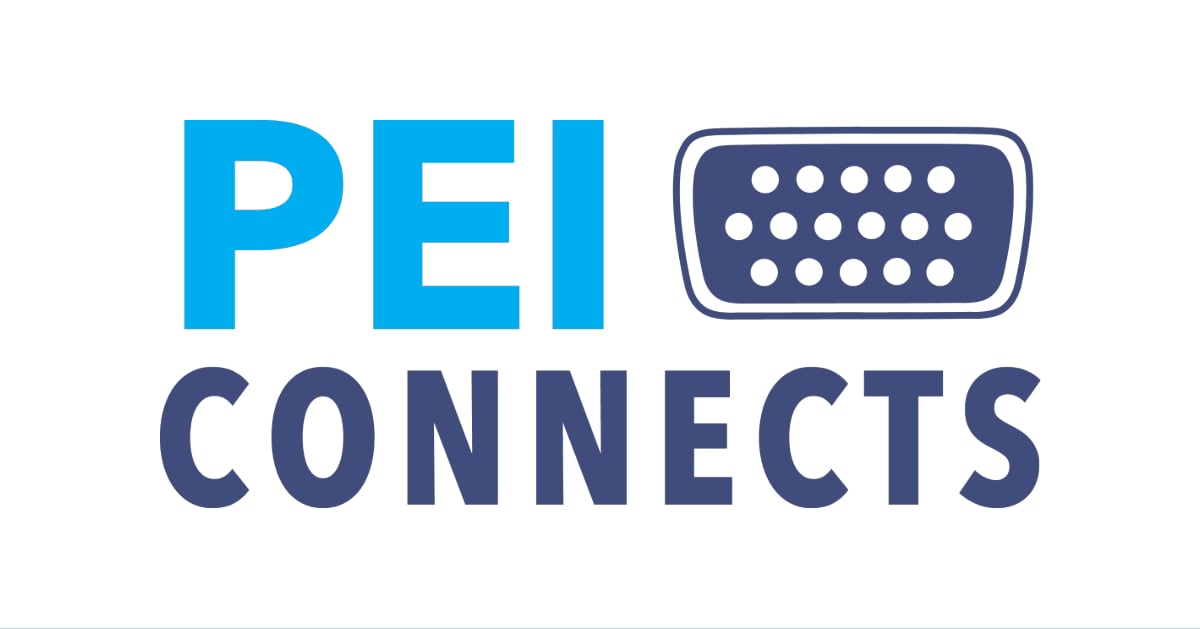Beamforming and beam steering are two advanced techniques in RF communications that are widely used for optimizing signal strength and directionality. Together, these techniques help enable efficient spectrum use, reduce interference, and enhance network performance and reliability. However, the efficacy of each can be limited by the reliability of the connectors used within the system. At PEI-Genesis, we offer the industry’s best lineup of connectors for supporting high-performance beamforming and beam steering applications.
Beamforming
Beamforming is a method that focuses the transmission and reception of electromagnetic waves in a specific direction, rather than broadcasting signals equally in all directions — as is the case with traditional omnidirectional antennas. Through this technique, antennas can concentrate signal energy toward a targeted direction, allowing for greater directionality and improved coverage.
In most cases, beamforming is achieved through the use of multiple antenna elements working together. By adjusting the signal’s phase and amplitude for each antenna element, constructive interference occurs in the desired direction to enhance signal strength. Simultaneously, destructive interference minimizes signals in other directions, reducing interference and improving overall signal clarity.
There are two primary types of beamforming: analog and digital. Analog beamforming involves adjusting the signal phases before combining them using phase shifters. Digital beamforming, on the other hand, makes phase adjustments digitally after the signals are received. Both methods serve the same purpose of directing signal energy more efficiently, but digital beamforming, with its flexibility and precision, offers a more advanced approach.
In tactical communication systems, beamforming is employed to maintain high data rates and reliability. For example, antennas on military communication satellites utilize beamforming to focus signals toward specific geographic regions or user terminals. This targeted approach ensures that communication signals are strong and clear, even in regions with high interference or challenging environmental conditions.
Beam Steering
Beam steering is the process of dynamically adjusting the direction of the focused beam to maintain optimal communication with a moving target, such as a mobile device or another communication node. This technique is particularly useful in environments where the target device is in motion or where obstacles may block or reflect signals. Beam steering solves these challenges by allowing the system to track the target device and continuously adjust the beam direction to ensure a strong and reliable signal.
In practice, beam steering is accomplished by real-time modulation of the phase and amplitude of the signals based on feedback from the receiving device. Beam steering can also be achieved by using beamforming algorithms to predict the optimal beam direction. Through dynamic adaptation, beam steering helps maintain a stable, high-quality connection, even in difficult conditions.
An example of beam steering in the real world might be an unmanned aerial vehicle (UAV), which
employs beam steering to track and maintain communication with moving targets dynamically.
 For example, a UAV used in surveillance and reconnaissance missions can continuously adjust the direction of its communication beam to follow a moving ground target or another UAV. Beam steering allows the UAV to maintain a strong and reliable connection with the target, thereby facilitating effective data transmission and real-time monitoring in dynamic and complex environments.
For example, a UAV used in surveillance and reconnaissance missions can continuously adjust the direction of its communication beam to follow a moving ground target or another UAV. Beam steering allows the UAV to maintain a strong and reliable connection with the target, thereby facilitating effective data transmission and real-time monitoring in dynamic and complex environments.
Connectivity Solutions for Beamforming and Beam Steering
Beamforming and beam steering both require the integration of multiple antenna elements and the coordination of their signals. In practice, this necessitates connectors linking these antenna elements to printed circuit boards (PCBs). The reliability and performance of these connections can greatly impact system performance, as any signal loss or interference within the connector itself can degrade the overall performance of the beamforming system.
PEI-Genesis offers a wide range of high-frequency connectors that are ideal for these applications. Our selection includes SMP and SMPM connectors from reputable suppliers such as Cinch Johnson, SV Microwave, Amphenol RF, and Micro-Mode.
SMP connectors are designed to operate up to 40 GHz and are known for a push-on coupling mechanism, making them easy to use and highly reliable. Their compact design minimizes RF leakage and allows for both radial and axial misalignment. These connectors come in various configurations, including straight, right-angle, and board-mount, providing flexibility for different design requirements. An example is the SF1211-66199 from Amphenol SV Microwave, which is a PCB-mounted SMP male connector with low VSWR and RF leakage.
mechanism, making them easy to use and highly reliable. Their compact design minimizes RF leakage and allows for both radial and axial misalignment. These connectors come in various configurations, including straight, right-angle, and board-mount, providing flexibility for different design requirements. An example is the SF1211-66199 from Amphenol SV Microwave, which is a PCB-mounted SMP male connector with low VSWR and RF leakage.
SMPM connectors take these capabilities further, operating up to 65 GHz while maintaining a compact design and low RF leakage. Like SMP connectors, they use a push-on coupling mechanism and are available in straight, right-angle, and board-mount configurations. Their higher frequency operation makes them suitable for more demanding applications in beamforming and beam steering.
Additionally, PEI-Genesis offers other high-frequency solutions such as 2.92mm, 2.4mm, and 1.85mm coaxial connectors. These connectors are widely used due to their small size and capability to handle very high frequencies.
PEI-Genesis Leads the Way
At PEI-Genesis, we offer all the solutions and capabilities you might need for your beamforming and beam steering applications. We guarantee reliable and efficient connections with a broad range of high-frequency connectors, including SMP and SMPM from leading suppliers. Our RF Solutions Group provides customers with expert guidance, testing, drawings, and prototypes to meet any unique need. That way, we can ensure customer success, regardless of the application's complexity or uniqueness.











